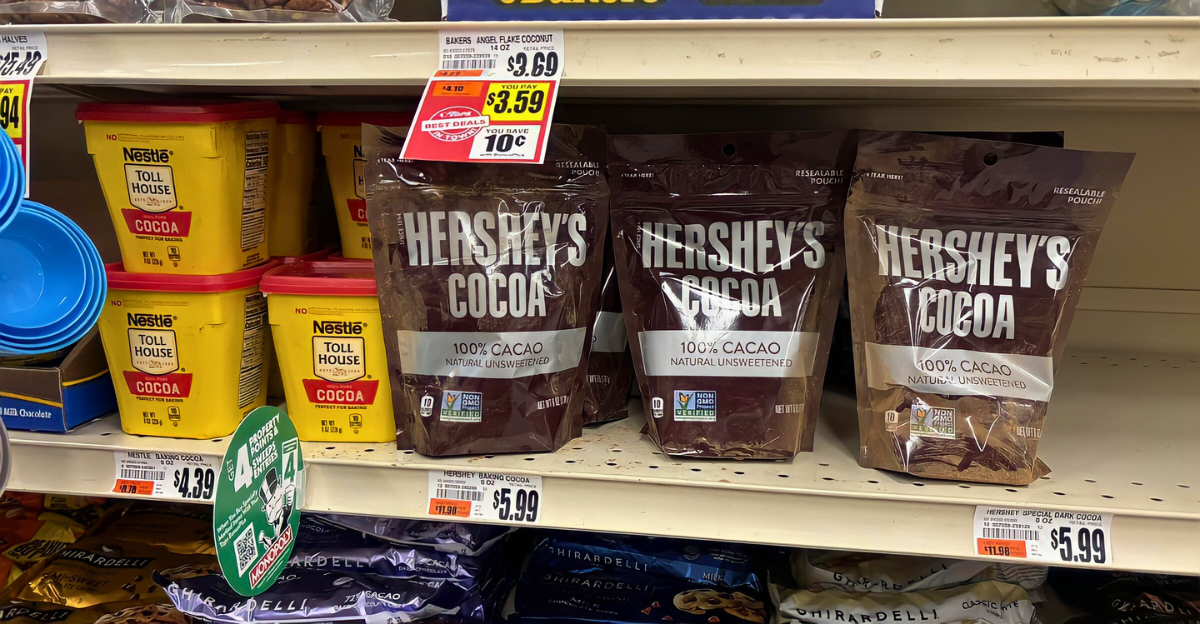
Cocoa futures have skyrocketed, topping $8,500 per metric ton in late July – roughly double last year’s level and still 30% below the record $12,646/ton seen in December. Analysts point to a “perfect storm” in Ivory Coast and Ghana (which account for about 60% of world cocoa) – including a spreading swollen-shoot virus, erratic rains and searing heat – that has choked output.
The surge is rippling through supply chains: manufacturers face ingredient costs rising faster than they can hedge. Chocolate makers warn that if prices stay elevated into the October harvest, supermarket candy prices will have to rise further, testing how much sweetness shoppers can swallow.
Sticker Jump
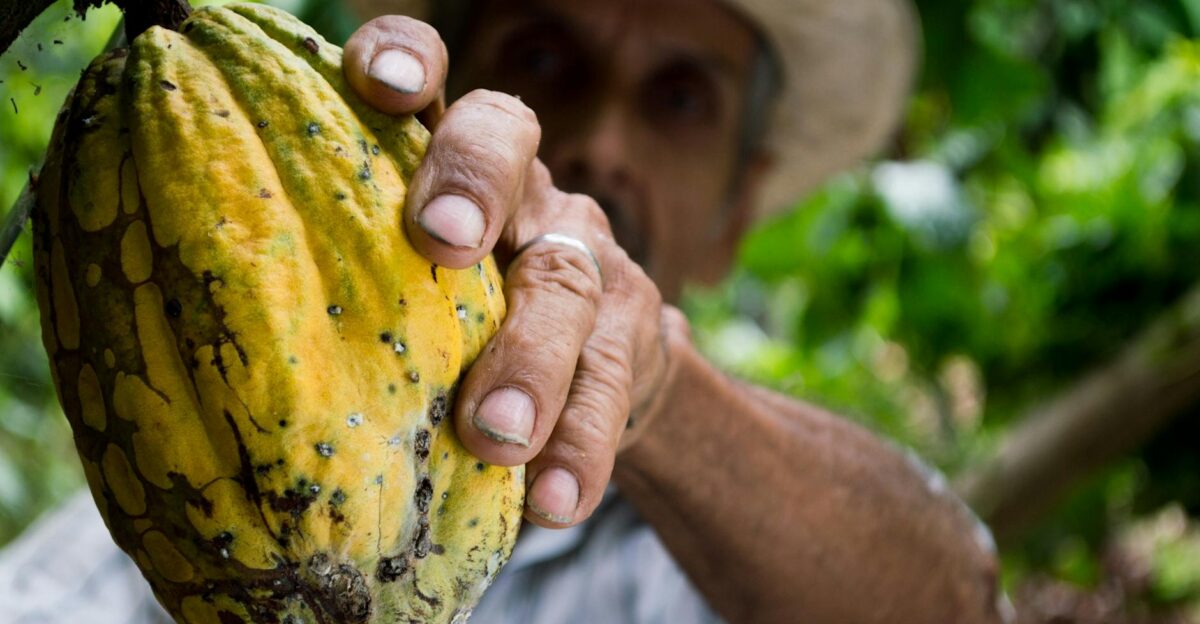
Even an everyday candy bar now carries a higher price on store shelves. NielsenIQ data show the average U.S. chocolate bar costs about $3.45 – roughly 41% above its mid-2021 price. Retail buyers report being told to brace for another double-digit list-price increase (around 10–12%) this fall. Many brands plan “shrinkflation,” trimming pack sizes or piece counts while hiking sticker prices.
With cocoa still well above historical norms, distributors expect a second wave of hikes in early 2026 – noting that “there’s no cheap filling that replaces cocoa.”
Past Playbook

Chocolate giants have fought this battle before. Cocoa futures leaped 178% in 2024 after surging 61% in 2023, as West African weather problems drove crop failures. In perspective, cocoa averaged only about $2,500/ton in mid-2020. Hershey’s CEO Michele Buck recently reminded investors that the company had “absorbed a lot of inflation already, but we believe we need to pass some of it on”.
Hershey raised prices on many products in 2022 and again in 2024 as bean costs climbed. Each prior cocoa rally ran 12–18 months, but analysts now warn that today’s structural deficit and climate volatility could prolong the pain well beyond the usual cycle.
Crop Crunch
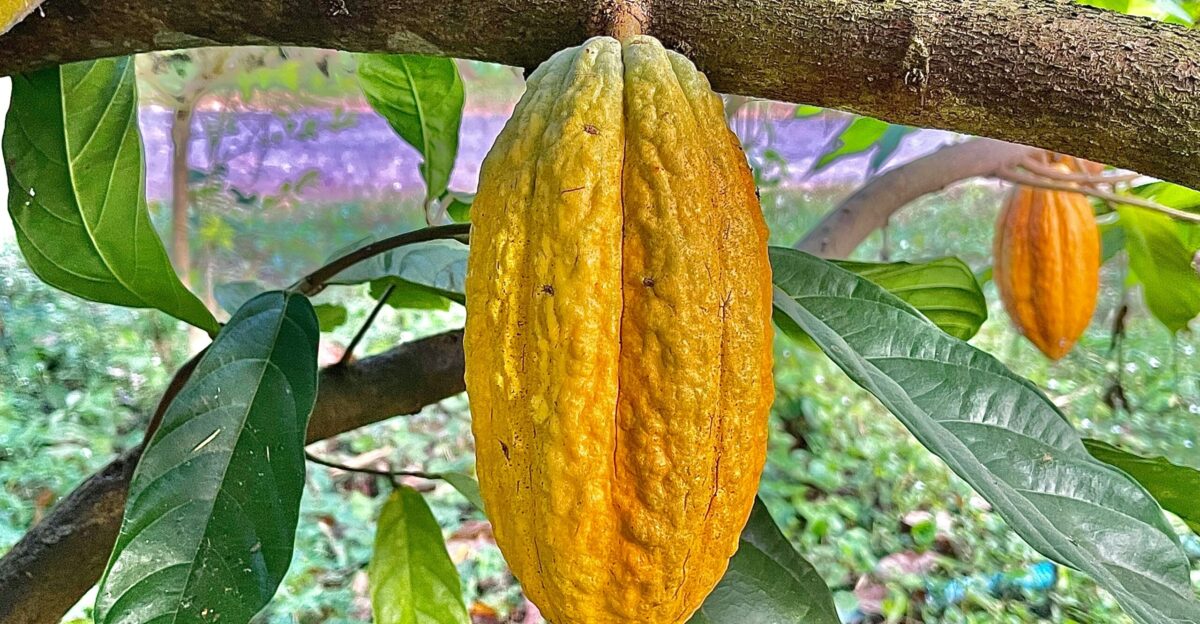
Farmers are feeling the crunch. New forecasts predict roughly a 10% drop in the 2025/26 West African cocoa harvest. Field surveys and observers point to a toxic mix: the spread of cocoa-swollen shoot virus, chronically aging tree stocks and rampant illegal “galamsey” gold mining that strips farmland. Climate science adds another layer: Wageningen University models suggest up to 50% of Ivory Coast’s current cocoa-growing area could become unsuitable by 2060 under moderate warming.
Production has already plunged – Ghana’s output alone fell from about 1 million tons in 2020/21 to roughly 530,000 tons last season. With cocoa trees needing five years to fruit, agronomists say climate change (not tariffs) is now the primary force squeezing global supply.
Hershey Move

On July 22, Hershey quietly told U.S. retailers it will impose roughly 10–14% price increases on favorites like Reese’s, Kit Kat and Kisses within about 90 days. The plan combines higher list prices with pack-size tweaks, timed just ahead of peak seasonal demand. A spokesperson emphasized, “This change is not related to tariffs or trade policies. It reflects the reality of rising ingredient costs, including the unprecedented cost of cocoa”.
Halloween-season bundles will be spared, but everyday bars, sharing packs and baking chips will all feel the impact by October. Small chocolate shops are already feeling the squeeze. As one long-time confectioner, Todd Baker, put it: “The cocoa commodity has quadrupled in price over the last 18 months… we have to start passing along those costs”.
Halloween Hit

Even seasonal treats won’t escape. U.S. consumers spend over $4 billion on Halloween candy each year, and Hershey says its special holiday assortments will see no price bump this round. But other signs are worrying. Last year a 7.5% jump in fall chocolate prices coincided with a 1.2% drop in unit sales, suggesting consumers balk when seasonal bags grow expensive. Convenience stores note that candy already makes up about 17% of their revenue, so higher chocolate prices could dent customer traffic.
Many retailers say they are stocking extra gummies and licorice (which use little or no cocoa) as a hedge, in case fun-size chocolate runs short or becomes too costly after Halloween.
Consumer Pinch

Across the board, shoppers are trading down on candy. Surveys of heavy chocolate buyers find nearly all reporting high price sensitivity, and roughly 3 in 10 have cut back on treats or dropped them entirely (TD Cowen). Even major brands see reduced demand: Mondelez flagged a 4.1% drop in North American chocolate volumes despite its own price hikes. Meanwhile, broader consumer pressures bite – food retailers cut more than 79,000 jobs in the first half of 2025 amid widespread inflation fatigue.
One food economist warns we’re in “uncharted territory,” noting that cocoa costs have risen faster than staples like sugar, wheat or coffee in the past 18 months.
Rivals React

Hershey isn’t alone. Lindt & Sprüngli has already passed a 15.8% price increase on its U.S. chocolate in H1 2025, and says more hikes are coming. Nestlé quietly raised U.S. prices on Toll House cookie chips in June, and Mondelez warns that “further pricing action” is likely if cocoa stays wild. In parallel, industry lobbyists are pressing lawmakers.
Hershey and the National Confectioners Association have urged the U.S. government to exempt cocoa from new tariffs, warning that otherwise import duties could add roughly $200 million to Hershey’s annual costs. For now, companies are locking in bean supply through long contracts.
Market Ripple
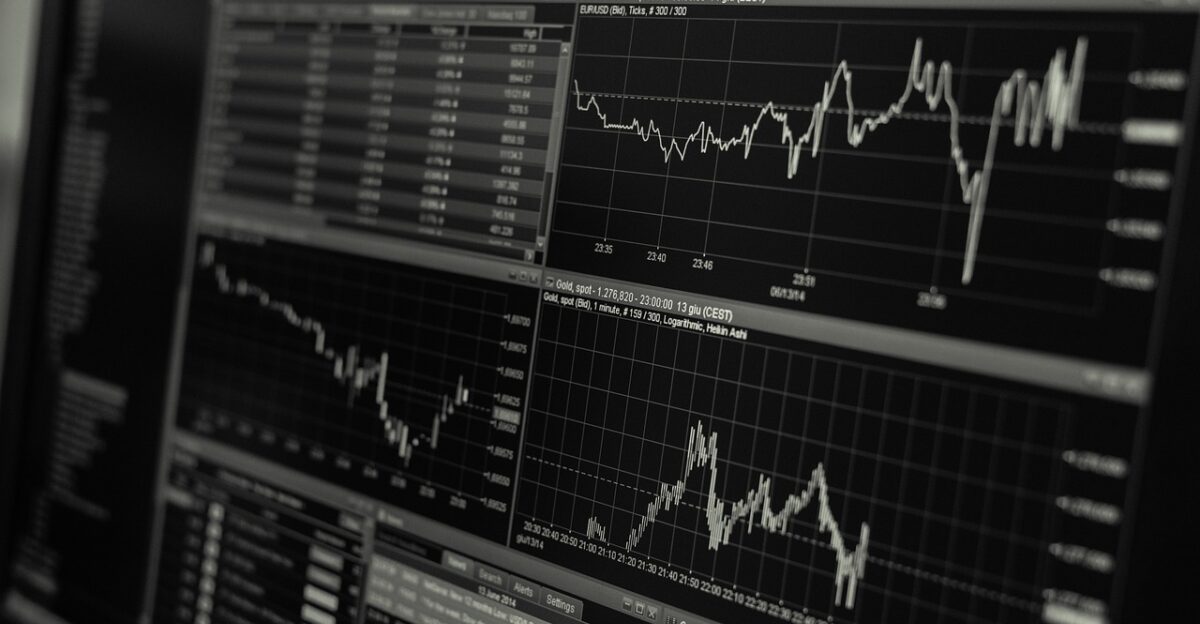
Global cocoa markets are bracing for a longer haul. Analysts predict industry revenues could climb from about $16.6 billion in 2025 to over $26 billion by 2035, even if supply remains tight. If the developing El Niño brings a poor main crop, futures could easily retest the $10,000 range within a year. Financial firms see continued deficits: JPMorgan projects the 2024/25 balance about 100,000 tonnes short (smaller than last year’s shortfall, but still eroding stocks).
Cocoa has even begun to outperform commodities like gold or oil on the upside, as speculative funds chase the rally. Those whipsaw price moves make budgeting a nightmare for chocolatiers and bakers.
Future Bite
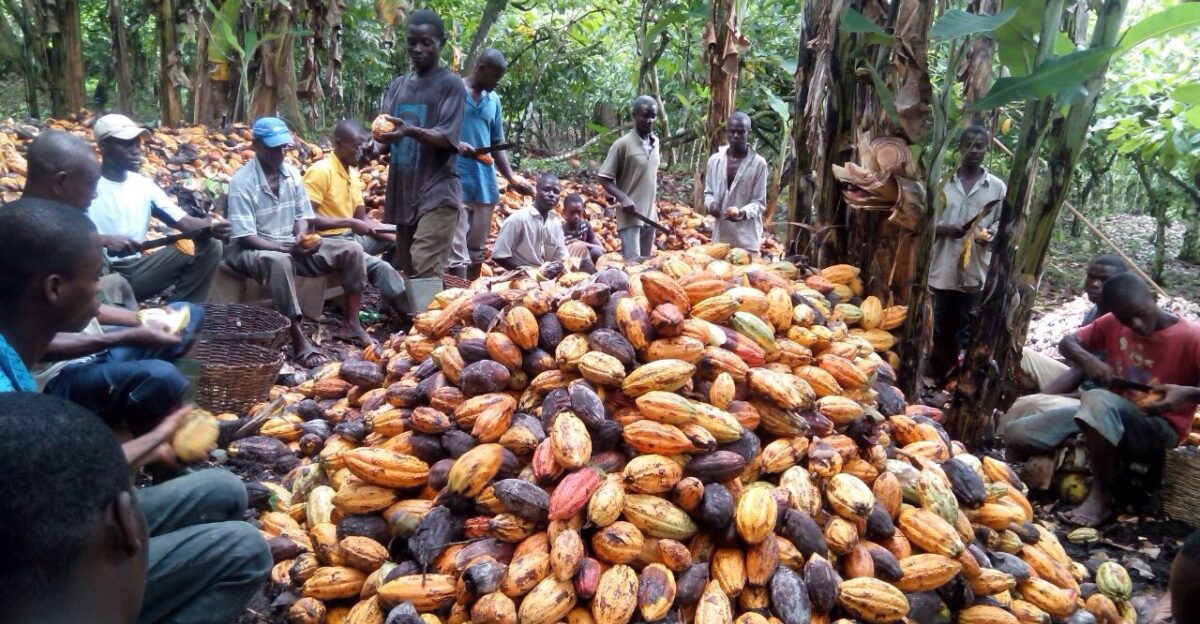
Climate science now looms largest. Models indicate that under current warming trends, West Africa’s prime cocoa zones could shrink by roughly half by 2060. Some companies are planting drought- and heat-resistant cocoa varietals and funding agroforestry pilots, but agronomists caution that yields may never fully rebound. This forces a tough question: if high cocoa premiums stick, will consumers accept smaller bars or switch to cocoa-lite alternatives? The stakes are high for farmers, too.
As one veteran advocate puts it, “The situation for farmers in West Africa is disastrous… it is just devastating”. In the coming year, when new harvest data meets volatile futures, the industry will discover whether chocolate remains an everyday treat or shifts toward a special-occasion indulgence.
Alternative Sweets
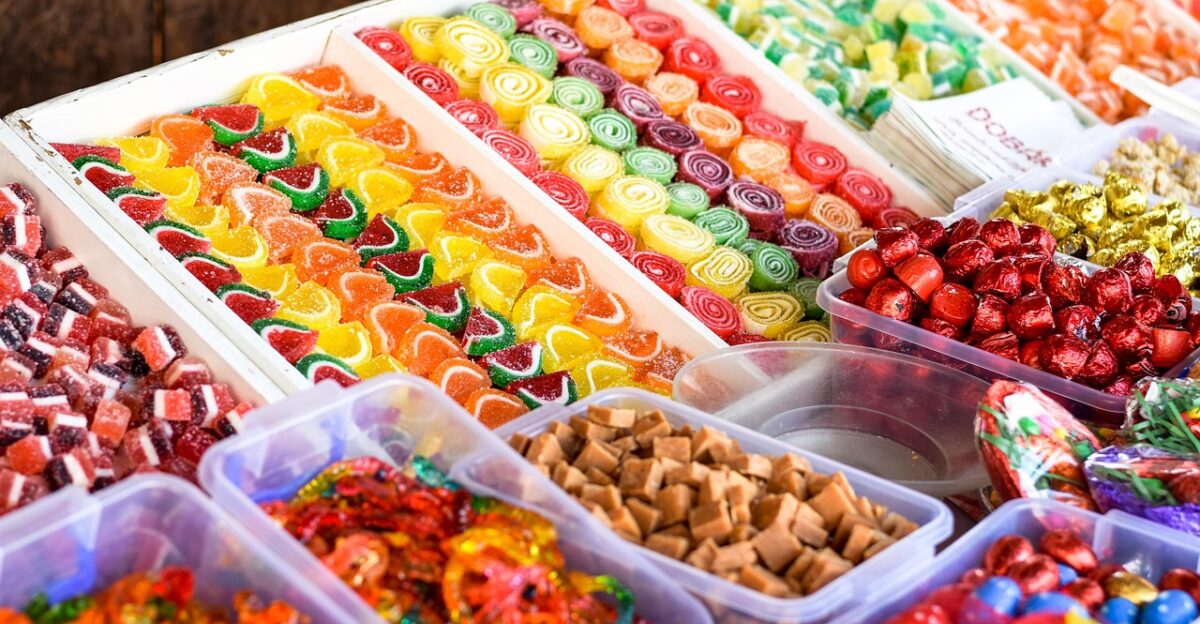
With cocoa so costly, startups and suppliers are racing to develop substitutes. Some new bars use ingredients like sunflower protein or carob to mimic chocolate, and ingredient makers are rolling out blends that cut cocoa powder by up to 25% in baked goods. These cocoa-free options can be dramatically cheaper.
Cargill’s ingredients chief notes that alternatives can cost up to 50% less than real chocolate and aren’t tied to bean prices. Other solutions – cookie crumbles or flavored vegetable fats – are also spreading. Taste remains the biggest hurdle, but to price-conscious buyers, even an imperfect “chocolate” that stays affordable is catching on, at least while real cocoa is so dear.
Supply Chain Investments
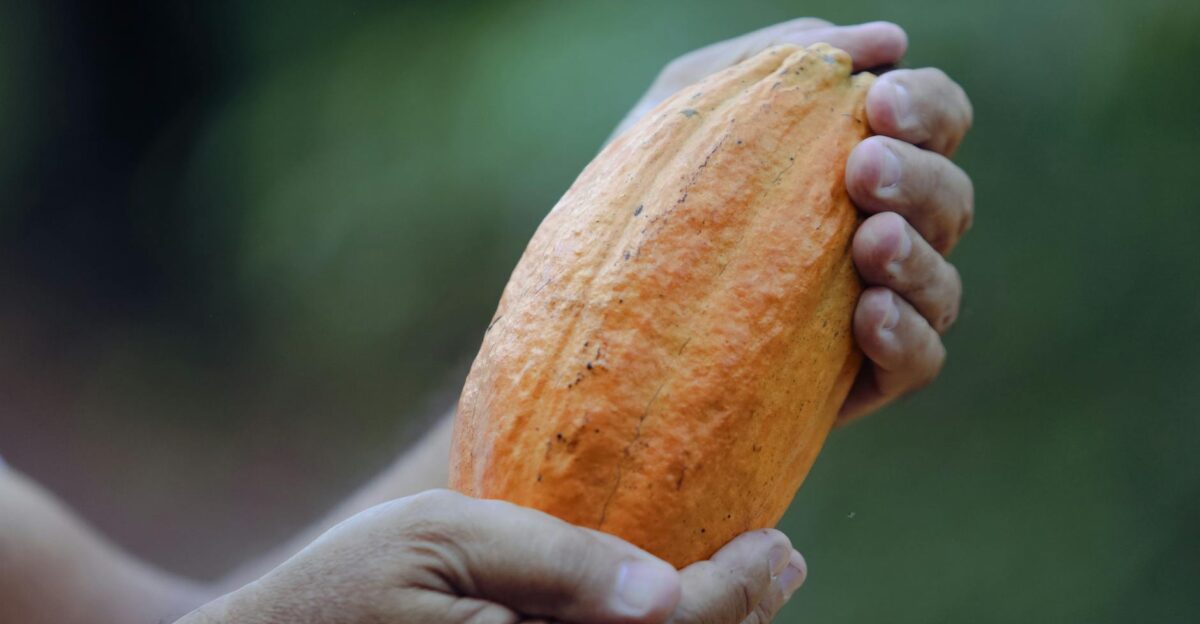
Major chocolate makers are also pouring money into farms. Hershey’s supply chain head reports a 12-year, $500 million “Cocoa For Good” program to boost resilience. More than half of that funding is already in the field, plus an extra $40 million dedicated to a farmer income accelerator. Lindt, Mars and others have similar programs to train farmers in better agronomy and to plant disease-resistant trees.
These long-term investments aim to slow the decline in yields. But as one agricultural consultant notes, it will take years to see impact – in the near term, many small farmers still struggle with outdated plots, so volatile supply looks set to linger.
New Origins
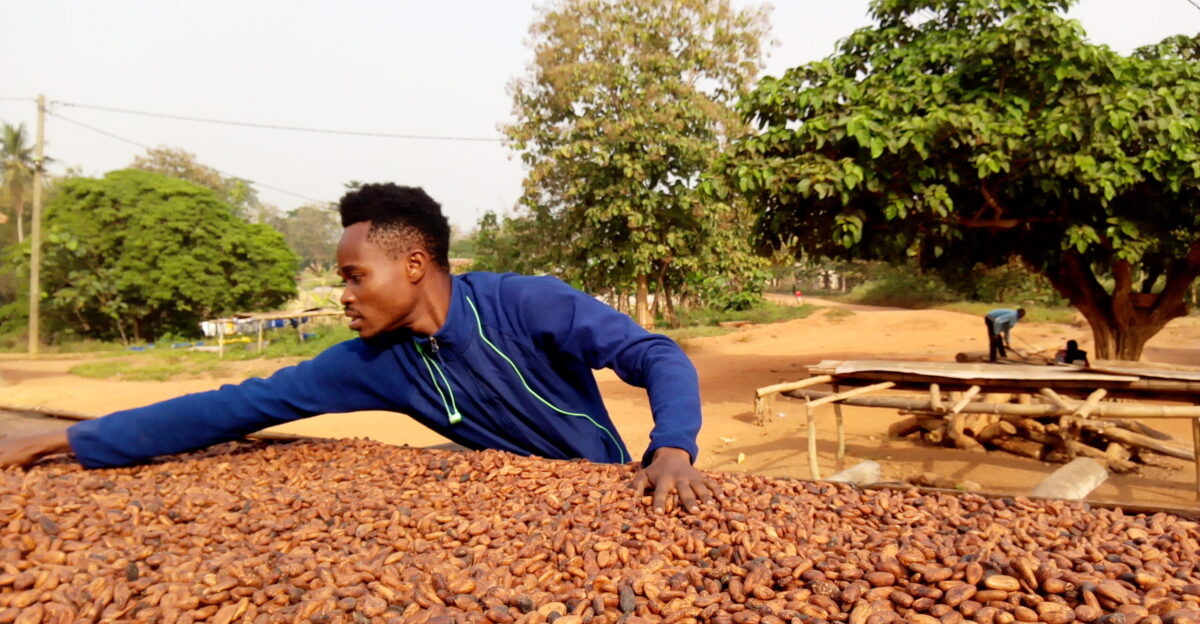
The global landscape is also shifting. Supply beyond West Africa is growing fast. Hershey’s team notes that cocoa production from non-traditional regions now makes up roughly half of global supply, growing at over 10% annually. Countries like Vietnam, Indonesia, Brazil and Ecuador are planting more cacao, which helps offset some African shortfalls—still, none yet equal the combined output of Ghana and Côte d’Ivoire.
So companies are scrambling to juggle beans from multiple origins – balancing tastes, quality and contracts – to keep production lines moving as African crops wobble.
Policy Pressure

Government rules add to the uncertainty. Europe’s new “deforestation-free” regulation (EUDR) takes effect this autumn, effectively banning cocoa from farms established on cleared forests since 2021. That raises traceability demands and could remove lower-cost supplies that are not certified.
In the U.S., cocoa tariffs remain a wild card. Hershey and industry groups have lobbied Washington to exclude cocoa from any new levies, arguing that otherwise even a modest duty would spike domestic chocolate prices. So far, major tariff threats have been paused, but in a market this tight even political risk can send costs higher – companies and traders are watching policy developments closely.
Looking Ahead
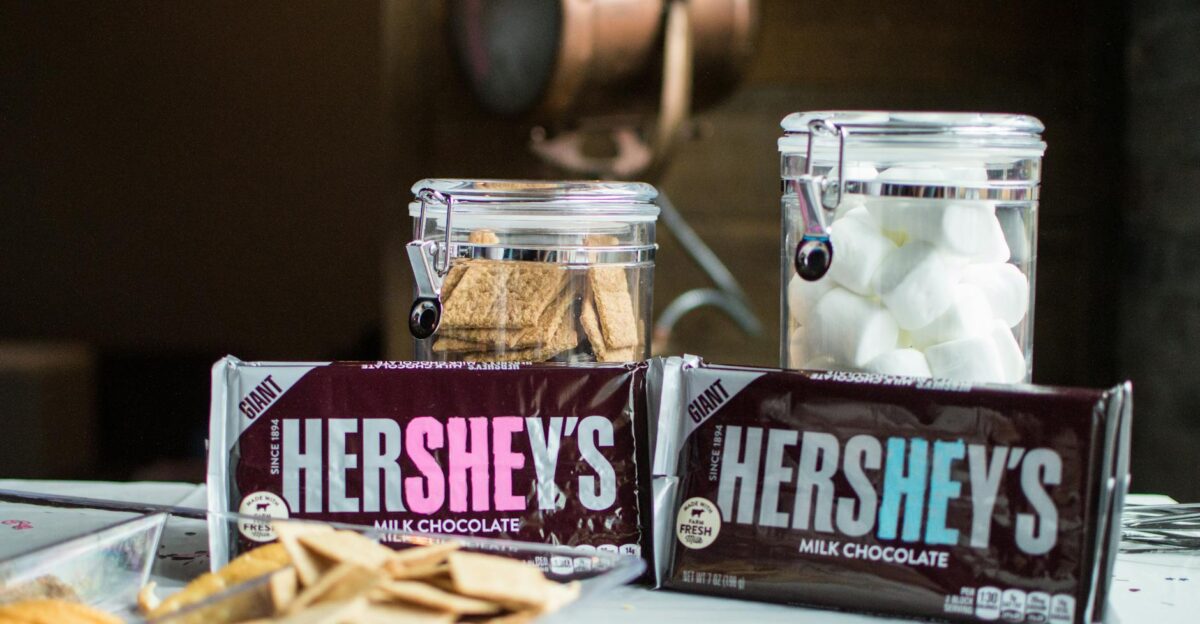
Many eyes are on the next harvest. Some forecasters expect a modest production bounce in 2024/25 – the first surplus in years – as recent record prices spur planting. Still, futures markets remain jittery. Hershey’s sourcing chief puts it plainly: chocolate “should be affordable and accessible,” which will require unprecedented efficiency, resilience and sustainability across the supply chain.
Ultimately, whether chocolate stays a pantry staple or becomes a rare luxury will hinge on how crop yields and commodity prices evolve over the coming season.